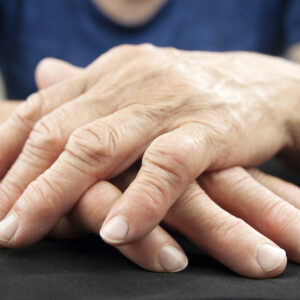
01
6 FDA-approved asthma medications to know about
6 FDA-approved asthma medications to know about There is no known cause of asthma; usually, a combination of genetic and environmental factors lead to the condition. Exposure to allergic substances and irritants can trigger asthma symptoms. The triggers and symptoms vary from person to person. Everything from airborne substances like pet dander, mold spores, the common cold, cold air, smoke, GERD, and stress can trigger asthma symptoms. These triggers can induce asthma symptoms such as shortness of breath, chest tightness, chest pain, wheezing or whistling sound when exhaling, coughing attack, or wheezing attack. These symptoms can be alleviated and controlled using asthma medications. There are no complete treatments for asthma, but therapies and medications are used to prevent flare-ups and keeping the symptoms under control. For flare-ups, quick-relief inhalers are recommended. Long-term control of asthma symptoms can be done with certain FDA-approved asthma medications. Fasenra It is a medication used for the treatment of a type of severe asthma called eosinophilic phenotype asthma. This medication is usually prescribed to patients who are 12 years or older. Younger patients whose asthma condition is not under control with current medications have found relieve with the use of Fasenra. It is prescribed along with asthma maintenance medications. The medication lowers the number of severe asthma attacks that require hospital stay or emergency room visits. Additionally, taking Fasenra lowers the daily maintenance dose of oral corticosteroids. Zyflo Zyflo is a leukotriene inhibitor prescribed for the prevention of asthma attacks in adults and children above 12 years of age. Leukotrienes are chemicals released in the body whenever a person breathes in allergens. These allergens make the lungs swell and cause muscle tightening around the airways, triggering asthma symptoms. Zyflo prevents the effects of the allergens on the lungs and respiratory system, thus controlling asthma symptoms.
Read More 










